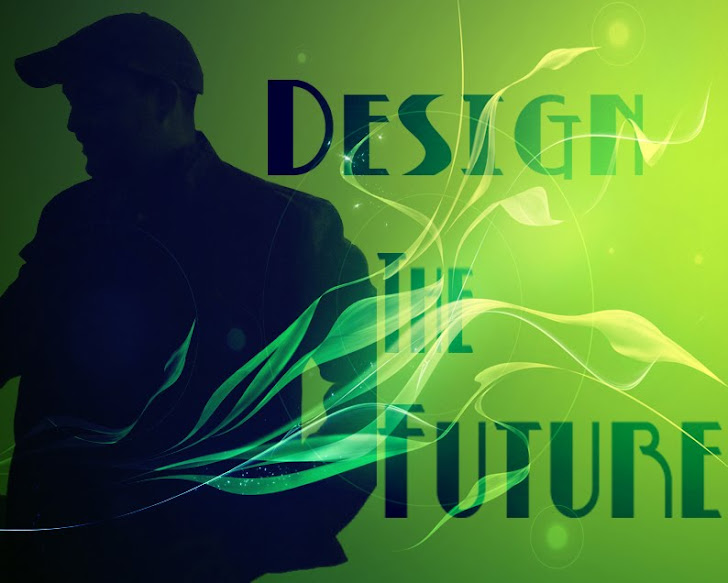“Shop Talk” is what I will call the sections of this blog dedicated to going through some more specific issues, as they relate to the field of being a designer. Obviously, this is coming from one designer, and if there’s one thing that I can say with certainty-it’s that no two people design the same, or have the same process. The hope here, however, is to try to put some of these processes into words, to help young designers find their voice, or help anyone working with, or curious about the process better understand how a person’s (mine, in this instance) works to create and design.
To start things off, we’ll start early on in the process. A “Concept” for a production is how you determine things like “we want a carnival themed wedding!” or “let’s set Richard III in a contemporary, abandoned warehouse!” This comes from discussion and collaborative vision between directors, designers, producers, clients, etc.
Before that, however, the designer should develop a “Pre-Concept.” Much like any preconception, these can eventually be proven to be totally wrong, and one should be aware of that. It is important however, when given a project, to take time to understand it independently. This may sound complicated, but it can be as simple as saying “okay, this is a comedy,” or “cool, a tradeshow for computers.”
Taking time to consciously acknowledge this step will help establish the language that will be best for discussing the project. It also may help to gather images that you feel are evocative of the sense of what you are working on. The more you, by yourself, can understand the entirety of a project, the more useful you will be as a collaborator.
For example, I am currently working on a version of Richard III, set in a “contemporary, abandoned warehouse” (see how I tie these things together?), with a touch of abstraction. To begin, I read the play, and gathered my preconcept.
Images such as this helped me to discuss works, and feeling that drove my vision. Additionally, my vocabulary started with the specific word of “Intimidating” as opposed to “scary” or “dark.” This helped us move forward, to the concept, where more images were pulled, but with more relevant subject matter, such as this.
Concept, however, is another step.
The most distinction part of a career as a designer, as opposed to a life as an artist, is thoughtful consideration, and practiced execution of skills, in a more regulated and controlled manner, without losing any of the passion or innovation.



No comments:
Post a Comment